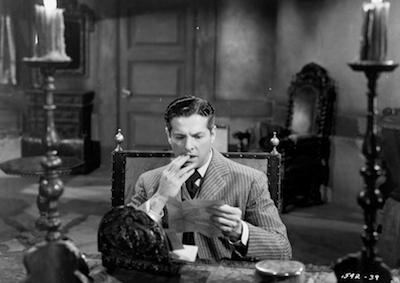Produced for the American Lutheran Church, with original conception and technical supervision by Reverend H.K. Rasbach, the unorthodox animated religious short The Way of Peace graphically illustrates how man’s inhumanity to man could ultimately lead to the irreversible destruction of Earth. Written and directed by Frank Tashlin with photography and puppet design by noted special effects pioneer Wah Ming Chang, the uncompromising work artfully employs miniatures and stop-motion to examine the dire consequences of human conflict, including scenes of the crucifixion, lynching and Nazi fascism. The dark cautionary tale culminates with the depiction of a devastating global atomic holocaust. —Mark Quigley
35mm, color, 18 min. Director: Frank Tashlin. Production: Christian Films, East West Production. Producers: Wah Ming Chang, Blanding Sloan. Screenwriter: Frank Tashlin. Cinematography: Wah Ming Chang. Editor: Stuart O'Brien. Music: Eddison Von Ottenfeld. Cast: Lew Ayres (voice).
Restored from a 16mm Kodachrome reversal master positive and two 16mm composite Kodachrome prints. Laboratory services by Fotokem, Audio Mechanics, Simon Daniel Sound, DJ Audio, Inc. Special thanks to: Mark Rasbach, Ethan de Seife, Mark Quigley, Joel Thoreson, Archives of the Evangelical Lutheran Church in America, the Library of Congress.






 Mobile Navigation
Mobile Navigation

